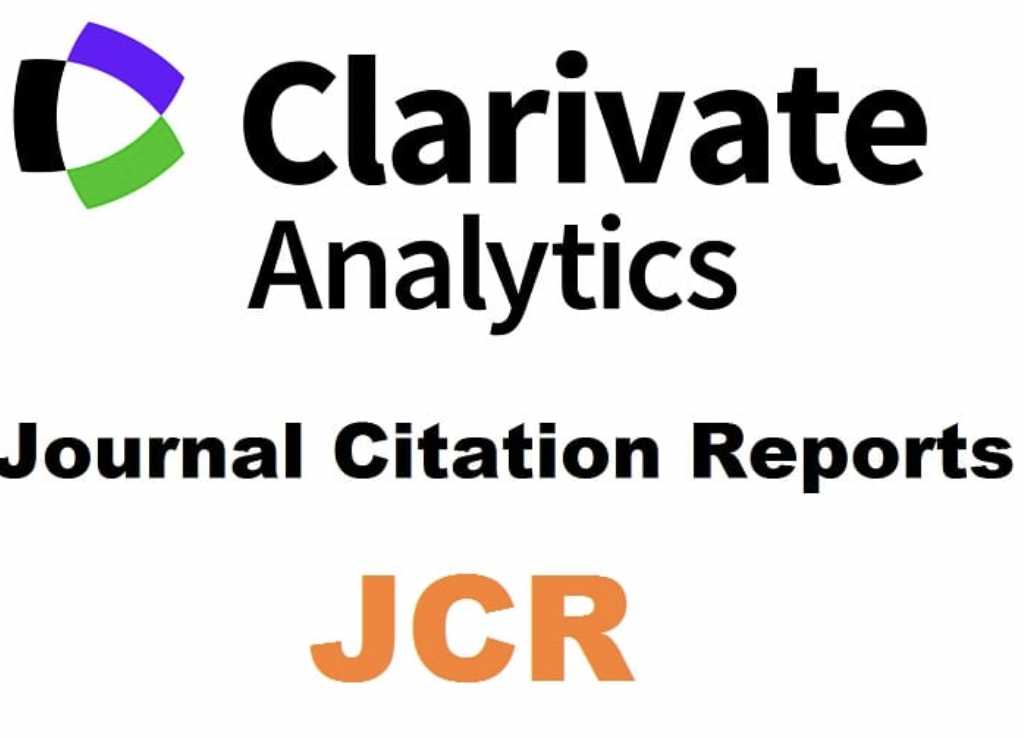Item and test construct definition for the new Spanish Baccalaureate final evaluation: A proposal
Abstract
The current English section of the University Entrance Examination (PAU) has kept the same format for twenty years. The Bologna process has provided new reasons to vary its current format, since the majority of international reputed tests usually include oral sections with both listening and speaking tasks. Recently the Universidad de Alcalá (Madrid) was granted the funds to suggest and experiment the new format through the OPENPAU project. This paper justifies the introduction of the Spanish Baccalaureate Final Evaluation in terms of a re-design of the tasks in line with the Communicative Approach and the Common European Framework of Reference and also taking into account the distinctive features of a language test in order to be valid and useful (construct validity, reliability, impact, practicality and quality management). Furthermore, it provides sound suggestions for a computer-based delivery which could be done through the use of mobile devices. The article concludes with the belief that the new diploma may serve to overcome the deficiencies of the current exam if rigorous studies are undertaken and research-based decisions are reached.Downloads
The works published in this journal are subject to the following terms:
1. The Publications Services at the University of Murcia (the publisher) retains the property rights (copyright) of published works, and encourages and enables the reuse of the same under the license specified in item 2.
2. The works are published in the electronic edition of the magazine under a Creative Commons Attribution Non-commercial Share Alike 4.0.
3.Conditions of self-archiving. Authors are encouraged to disseminate pre-print (draft papers prior to being assessed) and/or post-print versions (those reviewed and accepted for publication) of their papers before publication, because it encourages distribution earlier and thus leads to a possible increase in citations and circulation among the academic community.
RoMEO color: green








